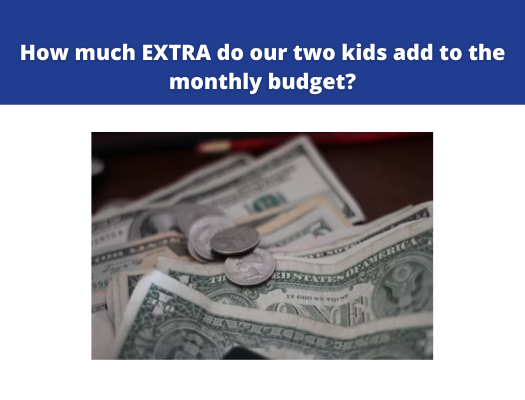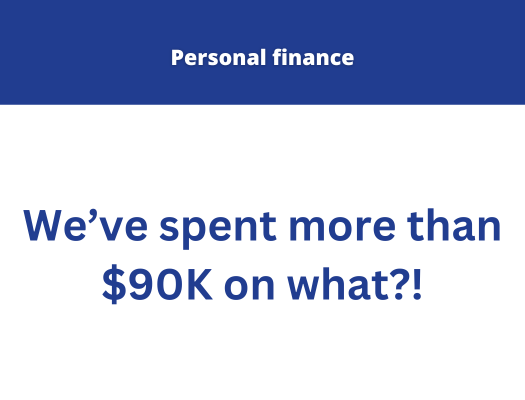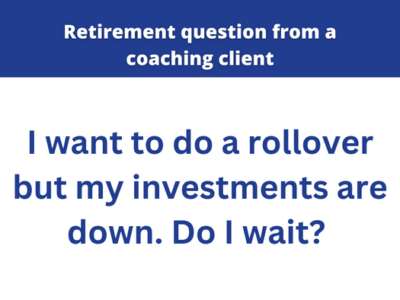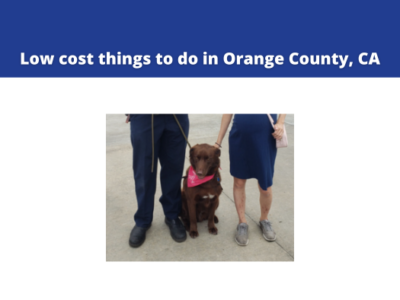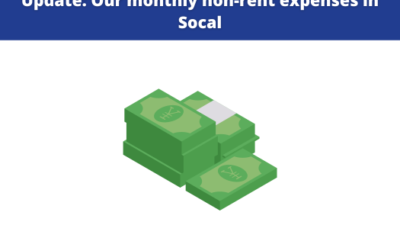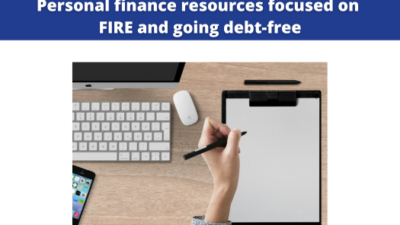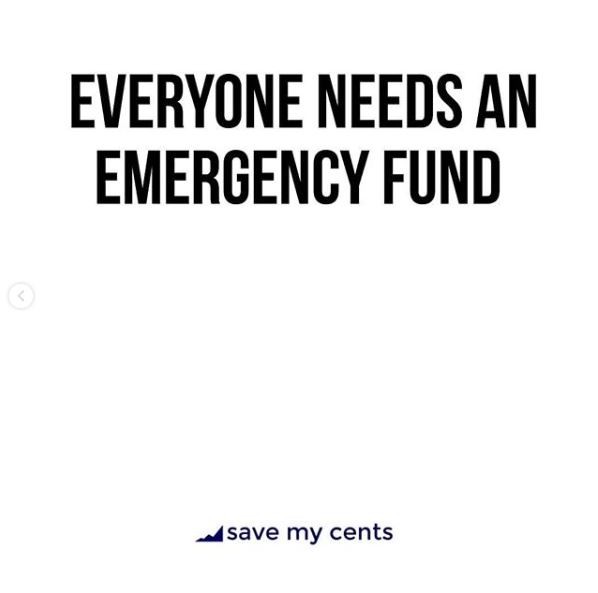
Life is unpredictable! The emergency fund (EF) is incredibly powerful because it helps break the paycheck to paycheck lifestyle forever.
Disclosure: Save My Cents runs ads on blog pages. It does not cost you anything to view the ads, I may be compensated through purchases you make.
Ideally it should cover 3-6 months of must have expenses and maybe half that of nice to have expenses. The more risky your financial situation the greater the emergency fund. For example, I typically recommend:
3 months: You are double income, or you don’t have children, or you’re quite young, or you are in relatively stable job with short unemployment periods (e.g., tech, healthcare, high-demand jobs)
6 months: You are single income, you have children, or you have a high risk job that may have a long unemployment period
People often ask.. but what should go into the emergency fund? Don’t overthink this! It’s not as complicated as you think it is. Here’s my general recommendation. If you ran out of money today, what are all the bills you still need to pay? I would include these at minimum
Housing – such as rent, mortgage, property taxes, PMI payment, homeowner’s insurance, savings for critical repairs
Transportation – basic public transportation or, the car payment, gas, car insurance, and savings for critical repairs
Communication – in an emergency situation you could go down to a pay as you go plan. But if your phones are locked in / not fully paid for, you need to continue payments for your current plan. Same goes for internet
Food – in an emergency situation, plan for only groceries and cooking in, but leave some buffer for coffees you need to network for a new job
Healthcare – for most people, my recommendation is to take your annual deductible and divide it by 12, to come up with a monthly amount. If you’re out of a job you will go on cobra extension, which can be retroactive so you don’t have to apply for it right away. If all else fails, at least save enough money to go to an outpatient urgent care clinic (which usually charge $100 or so per visit)
Childcare – if you have children and will be looking for jobs, someone has to look after your kids, so set aside money for childcare
There is not a single person in the world who should not have an emergency fund. Once you use your emergency fund you then need to prioritize building it back up. You don’t have to pause other goals but you definitely shouldn’t leave it at 0. And please don’t rely on credit cards to be your emergency fund!
How can I jumpstart building an emergency fund?
You just have to start. Start by paying yourself first and using an automatic deduction every paycheck. Each time you get paid get into the habit of moving a certain amount into your savings account. Even if you manage to move just $5 (cost of a cuppa joe!) you will have broken the paycheck to paycheck cycle. You can do this by having your paycheck deposited as two deposits – one into checking, one into savings. You could set up a recurring transfer, kind of like a bill pay, to go from your checking to savings. You could also just manually move money. The key is to do this early and do it often. You have to pay yourself first in order to be financially successful.
Want to get at it faster? Cut out the fat. Do a No Spend Challenge, eat food at home, drink coffee at work, sell extra stuff you are not using, take on a side hustle, or even do more drastic things like move back home / take on a roommate, biking instead of driving, there are so many ways to build up extra cash quickly, but the best way is to learn to live below your means.
Where to put the emergency fund?
Emergencies happen at any time but you’re also more likely to lose your job in an economic downturn. The stock market tends to lose value then, so don’t invest your emergency fund.
You should put your emergency fund into a high yield savings account (HYSA). These are usually online accounts that pay way more interest than traditional banks. It will take a few days for the money to be transferred or removed but I like that it raises the barrier so you don’t feel tempted to raid it. The interest rate provided by the HYSA is governed by the interest rate set by the Federal Reserve, so while they vary within ~0.25-50% of each other, it is highly unusual for a specific bank to suddenly be able to pay 1% higher than everyone else. I would not sweat moving your EF around just to gain that extra 0.25-50% all the time, though you could. As long as banks are FDIC insured your money is pretty safe. Check out reviews of HYSAs by visiting review websites like NerdWallet.com (here’s their December 2019 review) or BankRate.com (here’s their December 2019 review)



